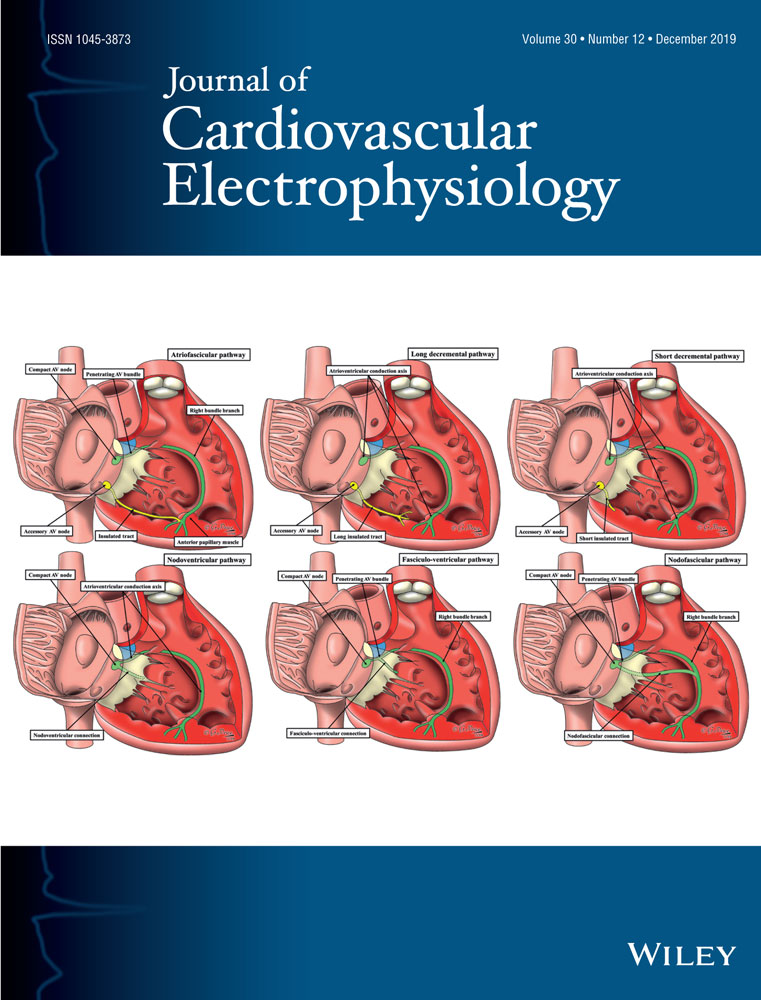Heparin reversal with protamine sulfate is not required in atrial fibrillation ablation with suture hemostasis
Disclosures: None.
Abstract
Background
The utility of protamine sulfate for heparin reversal in catheter-based atrial fibrillation (AF) ablation is unclear when using the suture closure technique for vascular hemostasis.
Objective
This study sought to address if protamine sulfate use for heparin reversal reduces vascular access complications in AF catheter ablation when suture techniques are used for postprocedural vascular hemostasis.
Methods
This is a retrospective multicenter observational study of 294 consecutive patients who underwent catheter ablation for AF with subsequent vascular access hemostasis by means of a figure-of-eight suture or stopcock technique. A total of 156 patients received protamine for heparin reversal before sheath removal while 138 patients did not receive protamine. The two groups were compared for procedural activated clotting time (ACT), access site complications, and duration of hospital stay.
Results
Baseline demographic characteristics were comparable in both groups. Despite higher ACT before venous sheath removal in patients not receiving protamine (288.0 ± 44.3 vs 153.9 ± 32.0 seconds; P < .001), there was no significant difference in groin complications, postoperative thromboembolic events, or duration of hospital stay between the two groups. Suture failure requiring manual compression was rarely observed in this cohort (0.34%).
Conclusion
With modern vascular access and sheath management techniques, for patients undergoing catheter ablation for AF, simple suture closure techniques can obviate the need for protamine administration to safely achieve hemostasis after removal of vascular sheaths.




